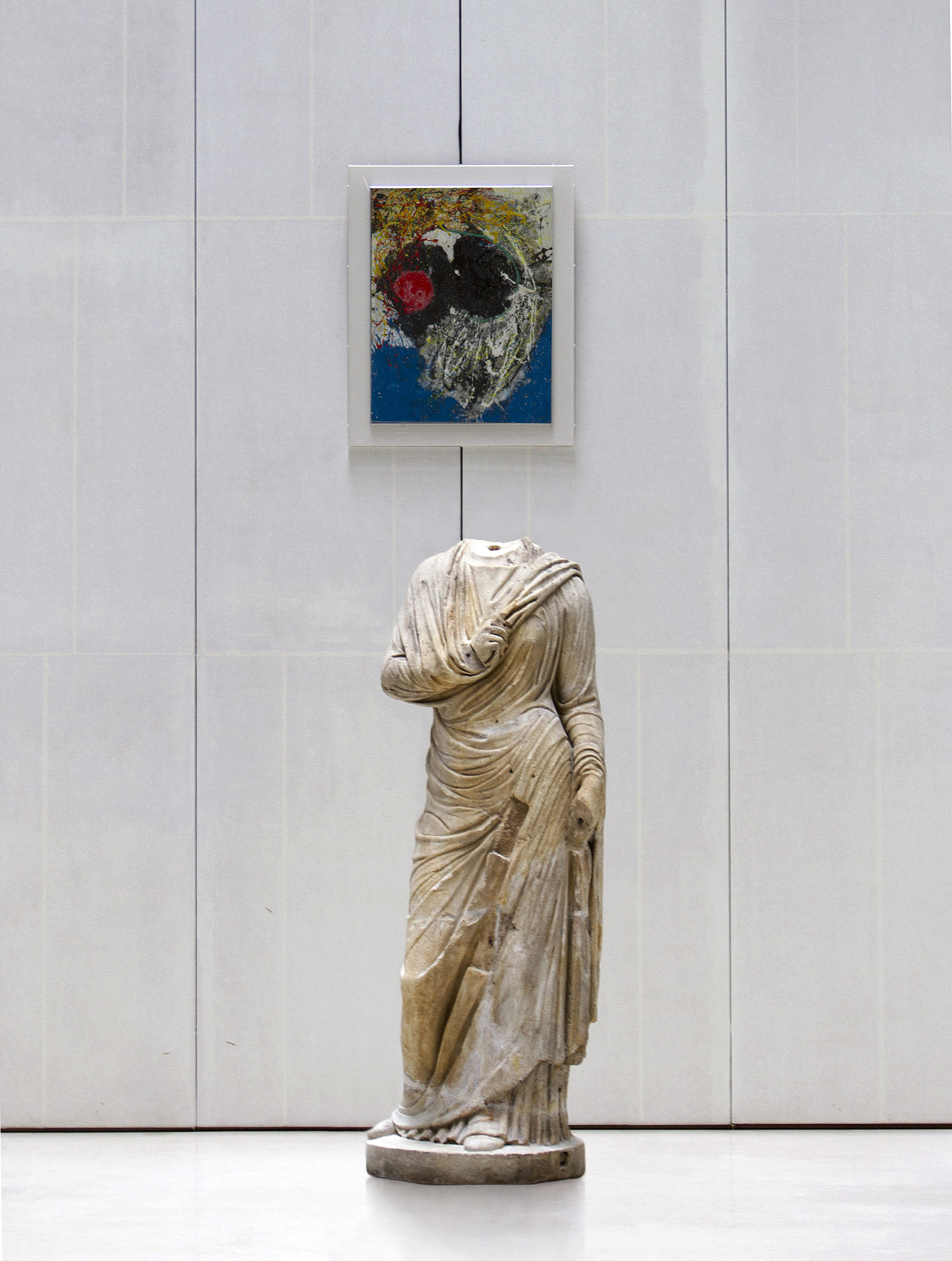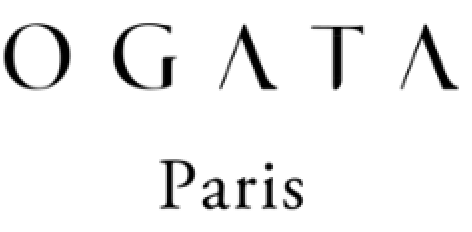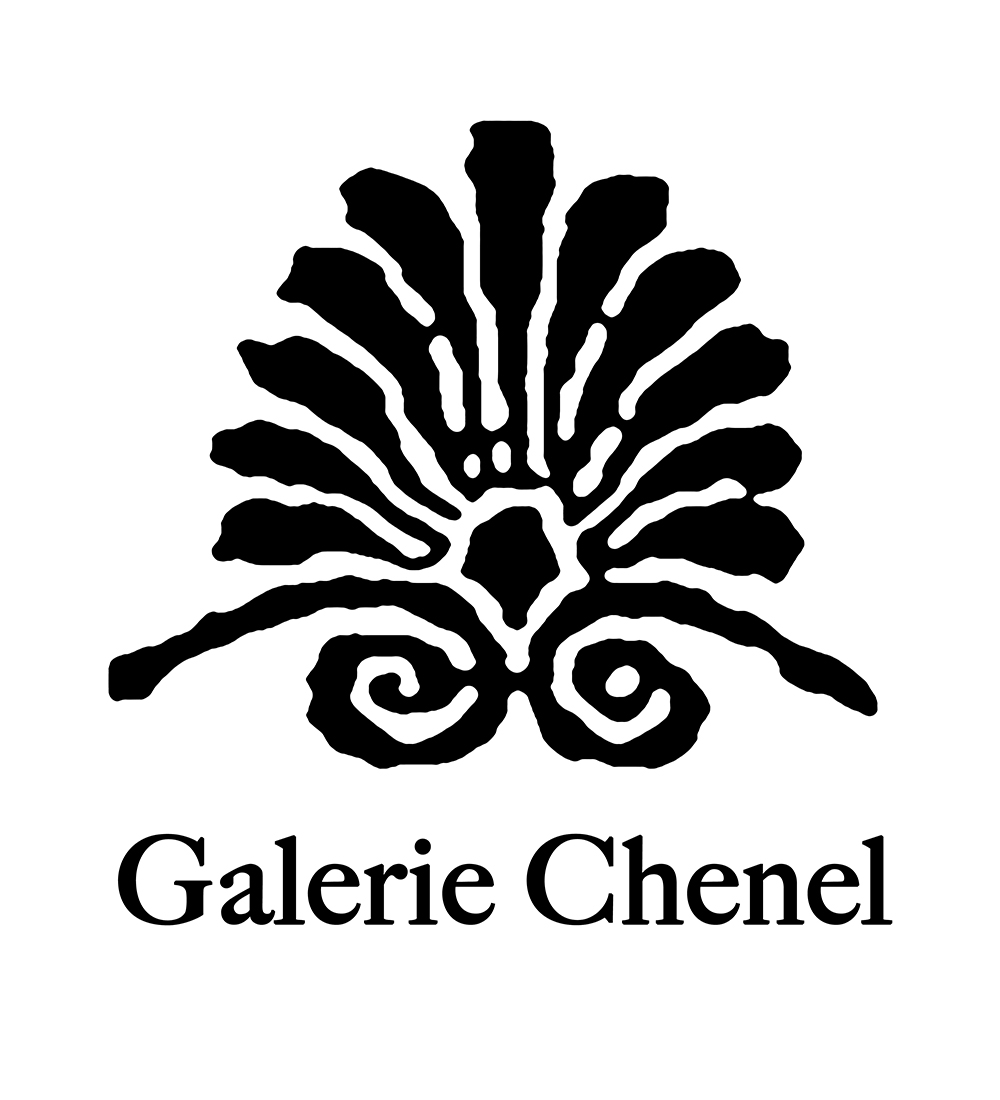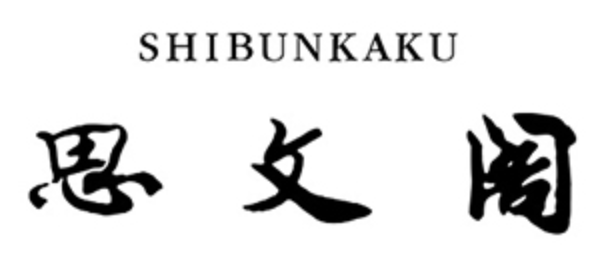
With the collaboration of two major collections of Galerie Chenel and Galerie Shibunkaku, OGATA presents in its gallery a unique exhibition on the representations of the human body, between Western Antiquity and contemporary East. In a daring staging orchestrated by Shinichiro Ogata, the exhibition features sculptures from Ancient Rome and Japanese post-war abstract paintings, allowing us to perceive formal parallels as well as contrasts in the figuration of human bodies, beyond historic and geographic disparities.
The traditional Japanese house is often defined by its fundamental attributes (wooden structure, adaptation of modules defined by the tatami, raised floor, raised floors, central foyer, adaptability of space…) as opposed to Western-style architecture. However, this distinction between the two architectural approaches is directly related to the perception of the human body and its relationship with its environment. Set in a 17th century hôtel particulier, OGATA Paris, in its interior design as well as the way it occupies the space through its everyday activities, is perpetually oscillating between the two traditions.
It is in regard to this exact perspective that Shinichiro Ogata conceived the design of the present exhibition: sculptures from Ancient Rome (1st-2nd century AD) , representing the idealized human body – a female statue or an Apollo’s head – in dialogue with major Art Informel Japanese paintings from the second half of the 20th century.This major movement of post-war abstract painting, although originating mainly in France in the mid-1940s, had a major impact in Japan, notably through the painter Georges Mathieu (1921-2012) and the critic Michel Tapié (1909-1987). This exhibition focuses on two of the most iconic painters of this movement: Imai Toshimitsu (1928-2002) and Dōmoto Hisao (1928-2013), who both were well known in France since the 1950’s for their original interpretation of a lyrical yet materialist abstraction.
From a new perspective, this dialogue on the human body lets us perceive these classics with a new eye, allowing a new attitude towards them. Through its various fragmented interpretations of the human body, from the missing parts of ancient statues to intentional abstraction, this exhibition also reflects on the aesthetics of the fragment – an aesthetic present in the representation of the human body in the East and the West. The exhibition finds an extension in other innovative comparisons between ancient sculptures and Japanese paintings, nourished by the original aesthetic of Shinichiro Ogata.


